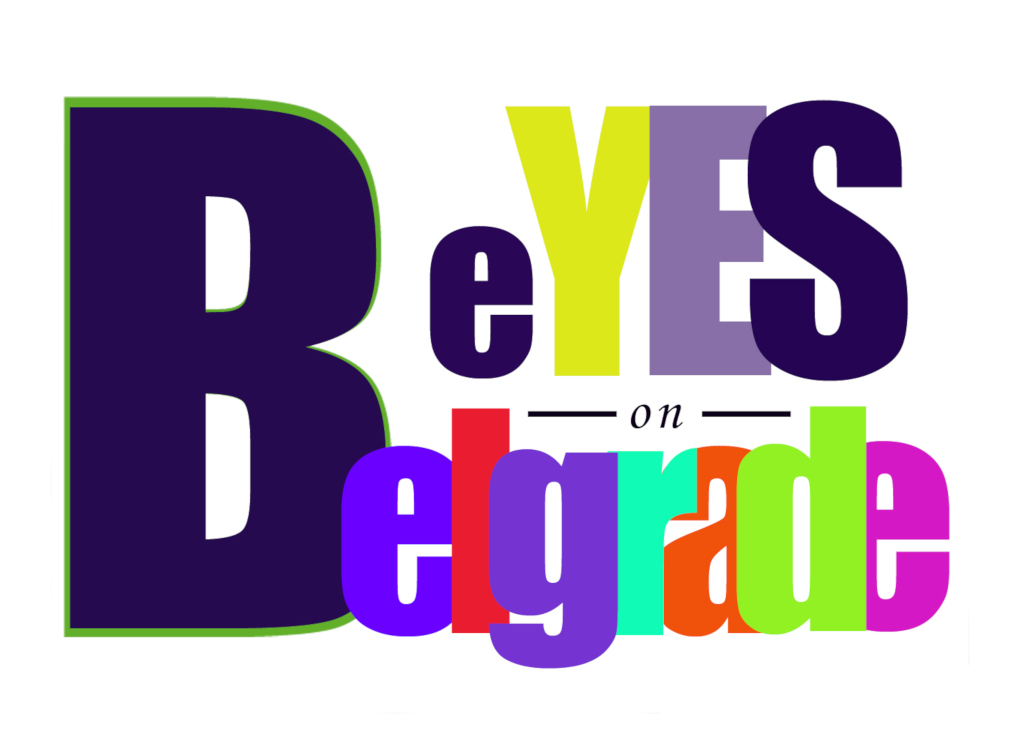- Architectural
-
Also available:

- Hits: 6702
Here we present to you some precious examples of Serbian traditional architecture that you can see in Belgrade.
Borislav Pekić is a famous Serbian writer, one of the most prominent literary figures of the 20th century. He was also involved in politics, and was one of the founders of the reestablished modern Democratic party. He is represented sitting on the steps between flower shops and coffee bars and restaurants, in a bohemian manner.
Considered as the father of Serbian botany. He found a new type of Pinophytae on the Serbian mountain Tara, which was called after him "Pančićeva Omorika" (commonly "Serbian Spruce"). Also, the highest peak of Mountain Kopaonik in southern Serbia was named "Pančić's Peak" in his honor.
With his diplomatic efforts, Prince Mihailo managed to persuade Turks to peacefully leave Serbia, effectively gaining the full state of independence, and it is considered one of the crucial figures in Serbian history. In 1867 he got the keys of the City of Belgrade from the Ottoman rulers. He was brutally assasinated in 1868.
The monument to Knez Miloš (eng. "Prince Miloš") is located in Kneza Miloša street (eng. "Prince Miloš street"), which was named after him. Prince Miloš was the leader of the Second Serbian Uprising against the Ottoman Turks, and founder of Obrenović royal dynasty.
Nicholas II Romanov is a very important figure for Serbia as he directly influenced the salvation of the Serbian army in the Great War (WWI) threatening to pull away from the war if western allies didn't help Serbia by sending ships to the island of Corfu and rescue Serbs in retreat before much larger Austro-Hungarian and Bulgarian manpower. After that, the Allies helped Serbia, the army recovered and ultimately broke the Salonica front liberating the country.
Njegoš wrote the most important epic in Serbian language "Gorski Vijenac" (eng. Mountain Wreath"). He was the ruler of Montenegro (also called "Serbian Sparta" as this province successfully resisted Ottoman conquerors over the centuries) during Serbian national renaissance. Njegoš is represented on the Serbian note for 20 dinars.
The monument to Rigas Feraios (ser. "Riga od Fere") is located near the main entrance to Belgrade Fortress, at the beginning of Riga od Fere (Rigas Feraios) street. Rigas Feraios was Greek revolutionary, and writer. He was the first victim of national uprisings agains the Ottoman Turks. He was tortured and murdered in Belgrad, in Kula Nebojša (eng. "Nebojša Tower").

Here we present to you some precious examples of Serbian traditional architecture that you can see in Belgrade.
 English (United Kingdom)
English (United Kingdom) 
